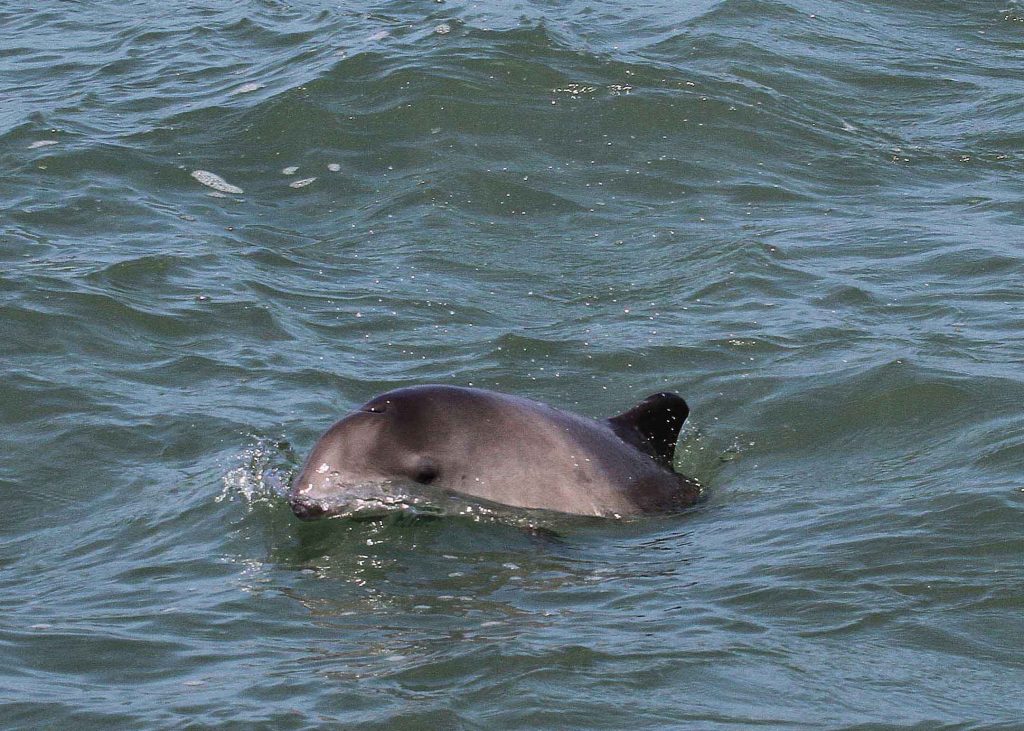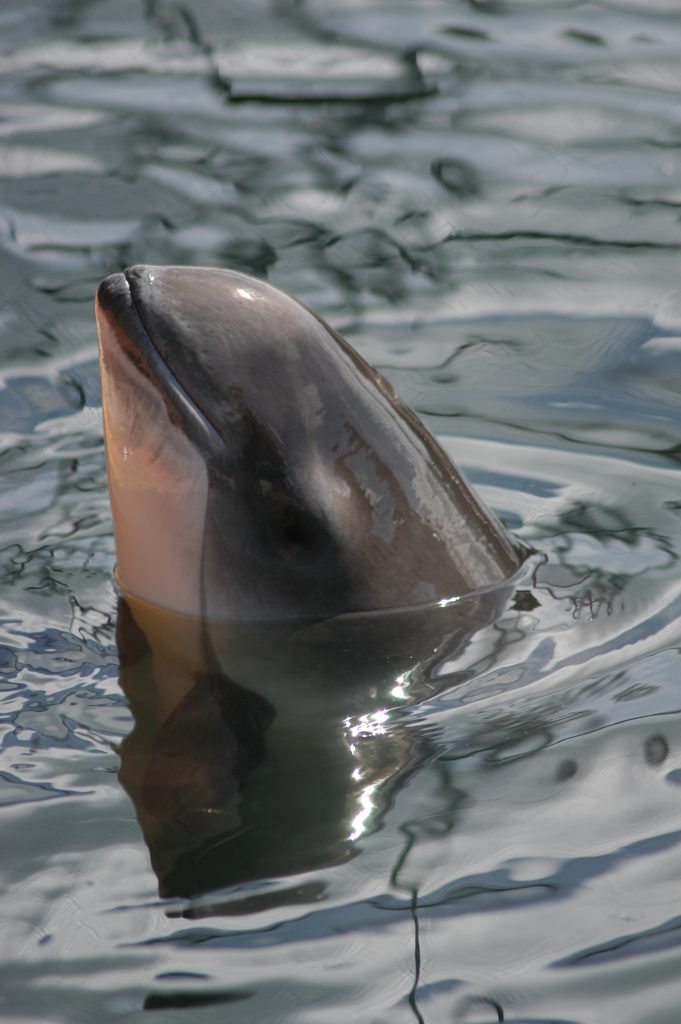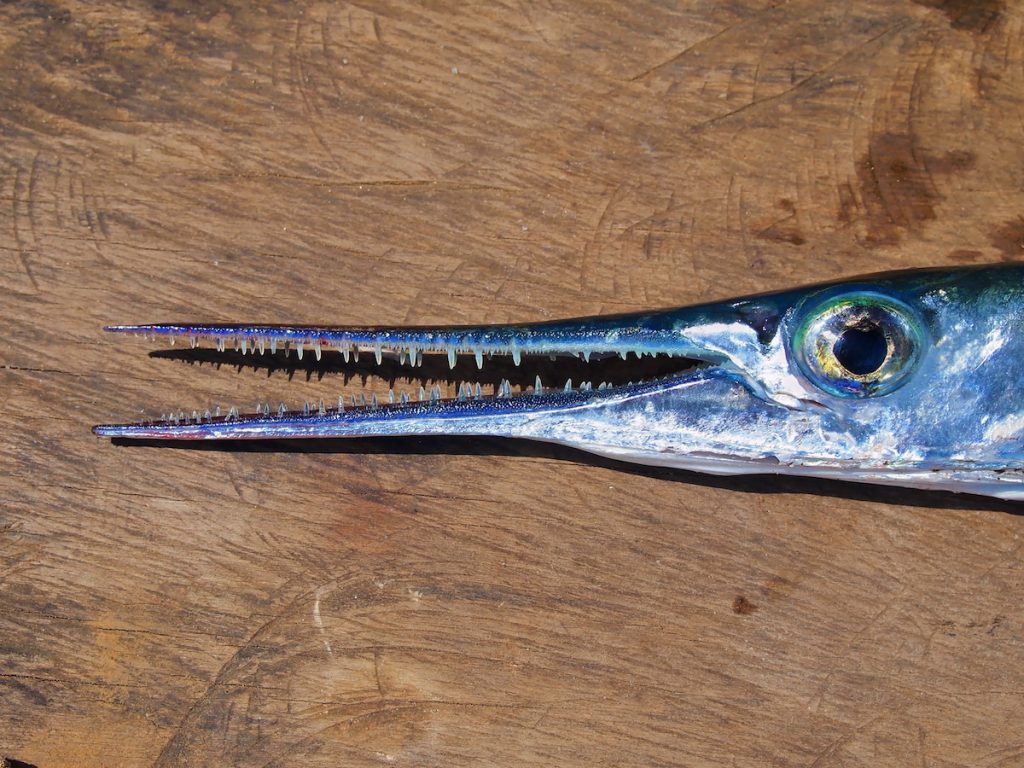This is the first post in a series which will look at recent advancements, discoveries and trends in the study of whales and dolphins. We here at Sea Watch believe strongly in the free sharing and dissemination of scientific literature and want to give you, our loyal members, the breakdown of all that’s going on in the field.
Harbour porpoises, the most common and widely distributed cetacean in European waters (Evans 2020), are not an infrequent sight around the UK. In fact, since the start of 2020, Sea Watch has received almost 2,500 reported sightings of harbour porpoises (2458, to be precise). Such a large number of sightings in a year when we were barely able to leave the house is staggering. While these small cetaceans, may not provide the awesome size of filter feeding giants, see minke whales, or the aerial spectacle of bottlenose dolphins, a glimpse of a harbour porpoise’s dorsal fin between the crests of a rolling Atlantic wave is still a treasure to be cherished.

With such a high number of these timid creatures in our waters, one must ask: what do the porpoises eat?
Harbour porpoises, in fact, have an incredibly varied diet, which contributes to their success and ability to thrive in almost all European waters. Primarily benthic (seafloor) foragers, porpoises are known to munch on all manner of crustaceans (crabs, shrimp); cephalopods (cuttlefish, octopus, squid); and a host of fish species (Evans 2020). The specifics of their diet, however, varies from location to location (Santos & Pierce 2003). With 11 geographically distinct populations in North European waters, there is plenty of variation in behaviour and diet within the species (Evans 2020). Each of these regional subpopulations are known to have a strong preference for 2-4 prey species. The porpoises found on the Scottish east coast, for example, feed primarily on Whiting, a cod-like fish which was once common in European waters, and sandeel, a small, thin fish known to be vital for seabird survival around the British coast.
Knowing the diet of the harbour porpoise, it is a giant leap to see how the intense fishing pressure in European waters may threaten porpoise populations. Direct competition between porpoises and fishermen is common, and sadly there is only one possible outcome. The aforementioned preference of Scottish porpoises for sandeels, for example, is shared by one of the nation’s largest fisheries, and this has been directly linked with a fall in porpoise numbers around the country (Macleod et al., 2007).

It could be this pressure from fisheries, or it may be other factors such as climate change or competition with other species, that has led some harbour porpoises to turn to an unlikely prey source. Researchers in Spain have found a select group of Galician porpoises preying on garfish, otherwise known as needlefish (Covelo & Lopez 2021). As their name suggests, these oceanic fish are not to be messed with. Needlefish are slender creatures, with a mouth packed full of teeth resembling their namesake (pictured below). Often closely associated with mackerel shoals, another favourite of porpoises, these whip-like fish can grow up to 75cm, making them a sizeable target for a harbour porpoise.

Whilst spikes and spines are no novel threat for harbour porpoise, dealing with an aggressive mouth of teeth is a different challenge all together. Porpoises, much like dolphins, or seabirds, aren’t equipped to surgically dissect their prey before eating, and usually swallow a catch whole (Kastelein et al., 1999). When doing so, the predator will swallow headfirst, flattening any spines or barbs, which generally retract backward (Werth., 2000). However, this tactic becomes defunct when faced with a creature whose primary defence is it’s head. So just how do the harbour porpoise get around this obstacle?
While there are no peer-reviewed articles documenting the technique the porpoises use, post-mortems on harbour porpoises have found the needlefish to be facing with their head toward the mouth of the porpoise (Covelo & Lopez, 2021). Suggesting the porpoises which have chosen needlefish as their prey have learnt to reverse their table manners and eat these troublesome treats from the tail down. It is theorised that the porpoises’ sensitive snout can sense where the head of the prey is and the porpoises are then able to rotate the needlefish in their mouth using their tongues, to ensure the prey is swallowed the correct way (Covelo et al., 2021).
The only issue with this theory is that the fins of the needlefish would necessarily fold outward whilst being swallowed tail first, potentially protruding into the porpoises esophagus and preventing swallowing (Covelo et al., 2021). While some fur seals (Hocking et al., 2016) and other cetaceans (Ronje et al., 2017) have been observed to remove troublesome spines or fins before eating needlefish, this behaviour is unheard of in porpoises. This has led researchers to the idea that harbour porpoises have been swallowing the needlefish headfirst, and partially digesting them inside their forestomach to separate the head from the body of the needlefish before regurgitating the head and finishing the safer portions of the meal (Covelo et al., 2021). Eating mechanisms like this have been observed in other cetacean species as a way of protecting the thinner lined parts of the digestive system (Cozzi et al., 2017). However, harbour porpoises are managing to swallow these toothy fish, and that they seem to be able to do so is an amazing example of problem solving and dietary flexibility by our smallest cetacean.
Preying on needlefish isn’t unheard of in other delphinid (dolphins & porpoise) species (Herzing & Elliser 2014), however previous literature reviewing the diets of European harbour porpoises populations have not discovered evidence of this behaviour in the past (Santos & Pierce 2003). While the threat posed by eating needlefish may seem minimal, there have been several documented cases of cetacean deaths through attempted ingestion of needlefish in both white-sided (Arronte et al., 2005) and bottlenose (Carrasquillo-Casado et al., 2002) dolphins. With both species considerably larger than harbour porpoise, the danger is magnified for the smaller species. Despite there being no outright link between fishing pressure and this unusual turn toward a potentially dangerous food source for the porpoise, it is important to bear in mind the knock on effects of our oceanic activities on the other inhabitants of our seas.
























